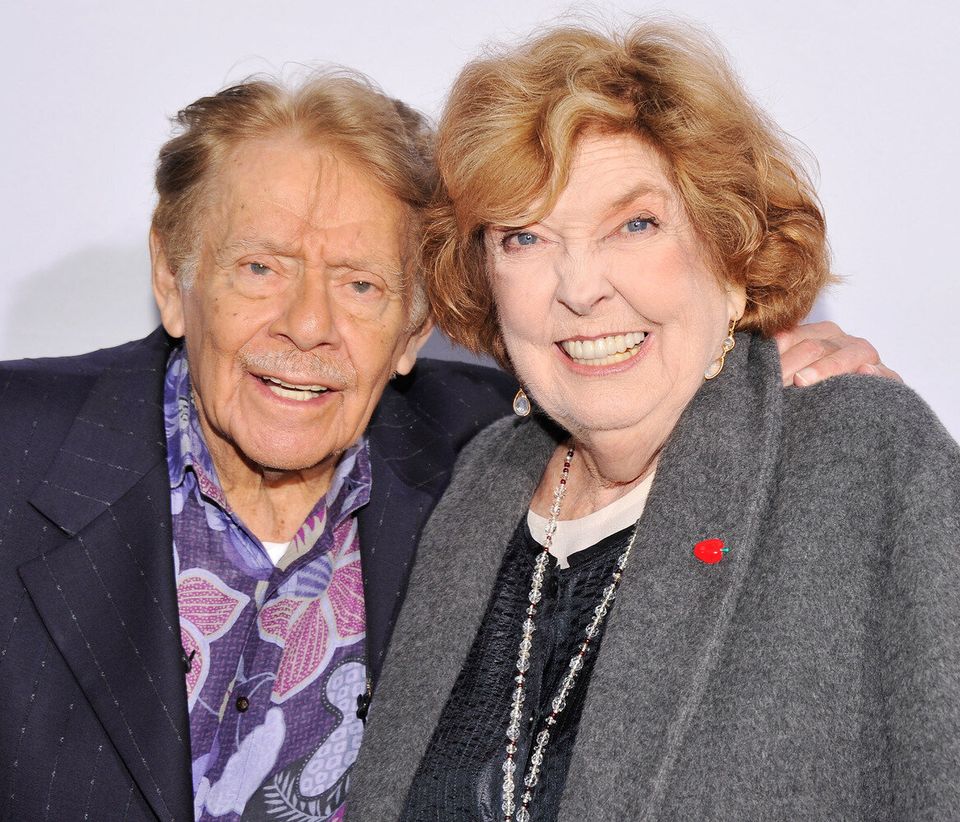This week the biotech and medical devices company BTG received approval from the US Food and Drug administration for its Varithena varicose veins product to be used on patients in the USA. There was a predictable overreaction to the news with the company describing the approval as the biggest development in the vein surgery market for 40 years and BTG share price rising substantially in expectation of a $500 million per year market opportunity. So what is all the fuss about?
To the experienced vein surgeon, Varithena is old news. Starting off its product life as 'Varisolve', the formulation has been in development for well over 10 years and is essentially a type of foam sclerotherapy in branded packaging. Foam sclerotherapy itself is a well-established method for the treatment of varicose veins in the UK and Europe, but not in the USA.
BTG have been trying to get the product licenced in the USA for many years, so the fact that this has finally been achieved is a significant milestone and opens up a large potential market for the product, but it will have to compete with some well proven and highly effective modern minimally invasive techniques such as laser treatment and radiofrequency ablation.
Foam sclerotherapy involves mixing a sclerosant chemical with a gas to make a foam mixture which is then injected into a vein. Sclerosants work by damaging the delicate inside lining of the vessel and causing it to clot off or seal. Most sclerosants used in medicine are detergents by nature and are readily made into foam because they form bubbles easily. It is well known that foaming the sclerosant makes it more effective at damaging the inside lining of a vein than using it in liquid form - the degree of damage created by the sclerosant to the inside of the vein depends on the contact time of the chemical with the vein and the concentration of the drug.
Because the sclerosant is inactivated by contact with blood proteins (and the veins are full of blood), liquid sclerosant is only really effective on very tiny veins. Making it into a foam pushes the blood out of larger veins and creates a longer contact time between the chemical and the vein wall thereby enhancing the effect and allowing the doctor to use it on the bigger veins.
Varisolve initially fell foul of the US regulators due to concern about the safety of the product after reports of micro-emboli (small bubbles of gas in the bloodstream) causing worrying side effects in patients such as mini-strokes and chest pain. BTG were obliged to conduct expensive and extensive clinical studies to show that these risks were adequately low to merit regulatory approval.
Vein specialists in the UK have been using foam sclerotherapy for many years and there are a lot of research publications comparing the effects with other techniques for treatment such as the modern thermal ablation operations using lasers or radiofrequency and the rather outdated 'high tie and strip' operation.
The commonest method for creating the foam is by the so called 'Tessari technique', which essentially involves manually mixing a small volume of liquid sclerosant with a volume of room air or other gas using two syringes and a 3 way tap - very simple medical equipment - also very quick and cheap.
Foam sclerotherapy can work quite well but it has a significantly higher recurrence rate than the thermal techniques and often creates prolonged bruising and skin staining.
The Varithena product uses a chemical called Polidocanol (widely used in Europe) at a 1% solution and mixes it with a 'low nitrogen, physiological gas mixture' - this is most likely to be carbon dioxide. The theory is that using this gas rather than room air leads to the creation of a more stable foam with a more predictable bubble size. This is probably true when compared to hand prepared foam made on the spot by an individual vein surgeon. In addition, carbon dioxide is more soluble in the blood than nitrogen (which makes up 80% of room air) and therefore less likely to create 'bubble trouble' in the circulation.
There are two key questions to be answered in order to determine whether Varithena will start a revolution. Firstly, does the standardised bubble foam of Varithena actually work any better in the vein than the 'homemade' version made on the spot we have been using for many years in Europe?
Secondly, is foam sclerotherapy in general a better alternative than the well-established ways of treating veins with lasers and other thermal techniques? The latest NICE guidelines published last July came out very strongly in favour of laser treatment for varicose veins over both foam sclerotherapy and open surgery. Answering these questions may eventually settle the $500 million dollar question.
